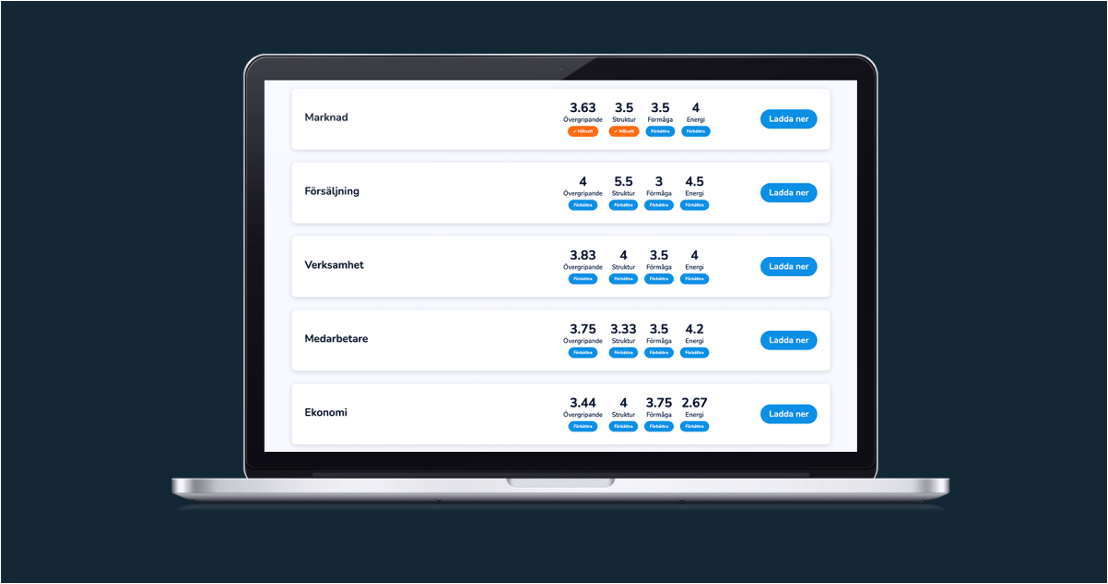Analysing the current business situation
Share this article
Before you can plan for the future, it is crucial to carefully analyse your current situation. This step forms the basis for effective planning and helps you understand where you stand and what factors are affecting your business. In this article, we will explore how you can conduct a current situation analysis.
Why analyse the current situation?
Understanding your current situation is like taking a photograph of your business at this moment. It gives you insights into your strengths, weaknesses, opportunities and threats, and helps you to:
- Make informed decisions: by having a clear picture of your current situation, you can make decisions based on facts instead of guesses.
- Identify the starting point: It gives you a starting point for developing your strategy and goals.
- Uncovering potential barriers: You can identify potential barriers and challenges that could affect your success.
Steps to Analyse the Current Situation
1. Data collection: Collect relevant data and information about your business and its environment. This can include financial reports, market research, customer feedback and competitive analysis.
2. SWOT analysis: Conduct a SWOT (Strengths, Weaknesses, Opportunities, Threats) analysis to identify the internal and external factors affecting your business.
- *Strengths:* What are your company's internal advantages and resources?
- Weaknesses:* What are the gaps and weaknesses within your company?
- Opportunities:* What external opportunities can you exploit?
- Threats:* What external threats could negatively affect your business?
3. Customer analysis: Understand your target audience by analysing their needs, preferences and buying behaviour. This will help you adapt your products or services to their requirements.
4. Competitive analysis: evaluate your competitors and their strengths and weaknesses. What do they do well, and what can you do better?
5. Market analysis: review the market and its trends. Are there changes or patterns that could affect your business?
6. Internal analysis: Take a look at your organisation's internal structure, culture and resources. What can be improved, and what is already an asset?
Read more about how GoalEnvision can help you do a SWOT in business planning...
Example: A SWOT analysis
Let's use a SWOT analysis as a practical example. Suppose you run an e-commerce store that sells organic products.
- Strengths:
- Wide product range of organic goods.
- Loyal customer base and high customer satisfaction.
- Effective online marketing and e-commerce platform.
- Weaknesses:
- Dependence on a limited number of suppliers.
- Competition from larger e-commerce companies.
- High shipping costs due to organic products.
- Opportunities:
- Increased awareness of sustainable consumption.
- Possibility to expand the product range.
- Potential growth on an international level.
- Threats:
- Increasing competition from other organic e-commerce stores.
- Economic fluctuations affecting consumer purchasing power.
- Possible changes in regulations for organic products.
By conducting a SWOT analysis, the company can better understand their current situation and identify areas where they can improve and take advantage of opportunities.
Concluding Thoughts
Analysing your current situation is a critical part of business planning. It gives you a basic overview of your business and its environment, and it helps you make informed decisions as you develop your strategy and goals. In the next chapter, we will explore how you can use the insightful information from your analysis to formulate effective strategies.
Share this article
Did you like this article? Here is more...
Latest





